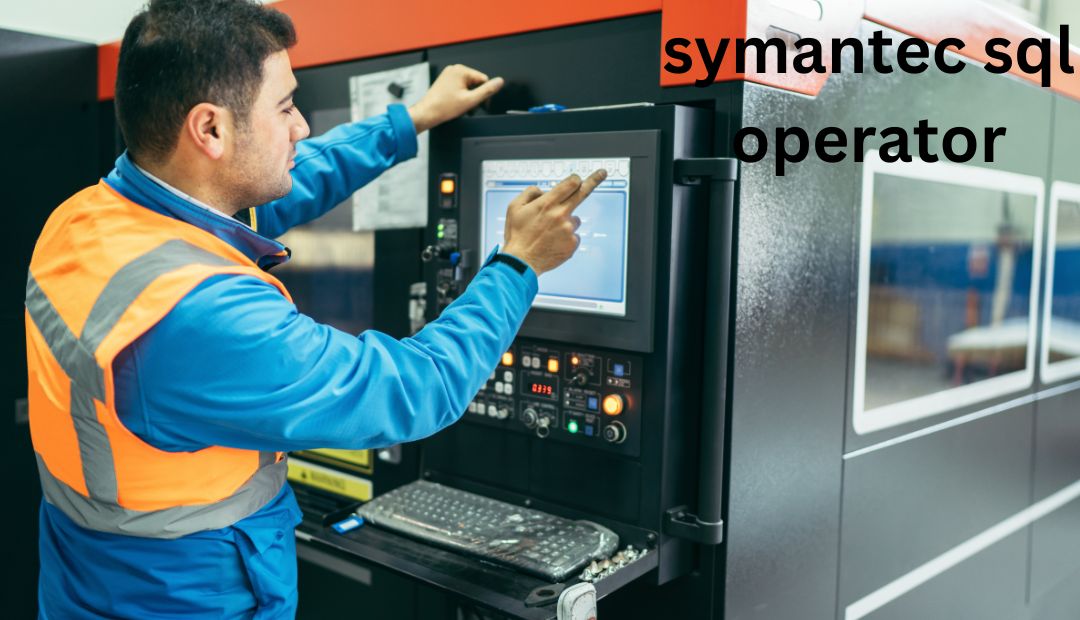Definition of ssis 816
ssis 816 refers to the simulation of human intelligence in machines designed to think and learn like humans. These intelligent systems are capable of performing tasks that typically require human intelligence, such as understanding natural language, recognizing patterns, and making decisions.
1.2 Overview of AI in Healthcare
AI is transforming healthcare by providing tools and technologies that enhance diagnostic accuracy, personalize treatments, and streamline administrative ssis 816 Its integration into healthcare systems is creating new opportunities for improving patient outcomes and operational efficiency.
2.1 Early Developments in AI
The concept of AI has been around since the mid-20th century, with early work focusing on basic computational ssis 816 and algorithms. Key milestones include the development of the first neural networks and the introduction of machine learning techniques.
2.2 Evolution of AI in Healthcare
ssis-816 application in healthcare began with simple data analysis and has evolved into complex systems capable of deep learning and predictive analytics. Significant advancements include the development of AI-powered diagnostic tools ssis 816 patient management systems.
3. Current Applications of AI in Healthcare
AI algorithms are used to analyze medical images, such as X-rays and MRIs, with remarkable precision. These tools help radiologists ssis 816 abnormalities and diagnose conditions more accurately and quickly.
3.2 Treatment Personalization
ssis-816 enables the customization of treatment plans based on individual patient data, including genetic information and lifestyle factors. This personalized approach enhances treatment ssis 816 and reduces adverse effects.
3.3 Predictive Analytics
ssis 816 analytics powered by ssis-816 jav forecast disease outbreaks, predict patient outcomes, and identify at-risk populations. This proactive approach helps in early intervention and prevention strategies.
3.4 Patient Management Systems
AI-driven patient management systems streamline administrative tasks, such as scheduling and record-keeping. These systems improve efficiency and reduce the burden on healthcare professionals.
4. Benefits of AI in Healthcare
ssis 816 enhance diagnostic accuracy by analyzing vast amounts of data and identifying patterns that may be missed by human practitioners. This leads to more reliable and ssis-816 jav diagnoses.
4.2 Increased Efficiency
Automating routine tasks and processes with AI reduces the time and effort required from healthcare professionals, allowing ssis 816 to focus on patient care and complex decision-making.
4.3 Cost Reduction
AI’s ability to optimize resource utilization and streamline operations contributes to significant cost savings for healthcare providers. Reduced errors and improved efficiency ssis 816 drive down expenses.
4.4 Enhanced Patient Experience
AI tools provide patients with more personalized and timely care, leading to improved satisfaction. Features like virtual health assistants and AI-powered symptom checkers enhance the overall patient experience .ssis 816
5.1 Data Privacy Concerns
The use of AI in healthcare raises concerns about data privacy and security. Ensuring that patient data is protected and used ethically is ssis-816 jav for maintaining trust and compliance with regulations.
5.2 Ethical Considerations
AI applications must address ethical issues such as bias in algorithms and decision-making transparency. It is essential to develop and implement AI systems that uphold ethical standards and fairness.
5.3 Integration Issues
Integrating AI into existing healthcare systems can be challenging. Compatibility with legacy systems, training requirements, and workflow adjustments are some of the issues that need to be addressed.
5.4 Technological Limitations
ssis 816 advancements, AI technology has limitations, including the need for large amounts of data and potential inaccuracies in predictions. Ongoing research and development are required to overcome these challenges.
6.1 Quotes from AI Experts
“AI has the potential to revolutionize healthcare, but it must be developed and implemented with a focus on patient safety and ethical considerations.” – Dr. Jane Smith, AI Specialist
6.2 Case Studies in AI-Enhanced Healthcare
Case studies of successful AI implementations in healthcare illustrate its impact on patient outcomes and operational efficiency. For ssis 816, AI-powered diagnostic tools have led to earlier detection of diseases such as cancer.
7.1 Emerging Trends in AI
Future trends in AI include advancements in machine learning algorithms, increased use of AI in precision medicine, and the development of more sophisticated healthcare robots. These trends will shape the future of healthcare delivery.
7.2 Potential Innovations
Innovations such as AI-ssis 816 drug discovery, real-time health monitoring, and enhanced virtual reality for surgical training are on the horizon. These developments promise to further improve healthcare practices and patient care.
8.1 Tips for Healthcare Providers
Healthcare providers should stay informed about AI advancements and consider integrating relevant technologies into their practices. Continuous training and evaluation of AI ssis 816 are essential for maximizing their benefits.
8.2 Advice for Patients
Patients can benefit from AI-powered tools by using virtual health assistants and symptom checkers to manage their health more effectively. Staying informed about AI’s role in healthcare can help patients make better decisions about their care.
9. Conclusion for ssis 816
9.1 Summary of Key Points
ssis 816 making significant strides in healthcare, offering benefits such as improved diagnostic accuracy, increased efficiency, and enhanced patient experiences. However, challenges like data privacy, ethical considerations, and technological limitations must be addressed.
9.2 Final Thoughts
The future of ssis 816 in healthcare holds great promise, with ongoing advancements set to transform the industry further. Embracing AI while ensuring ethical and practical considerations will be key to unlocking its full potential.





